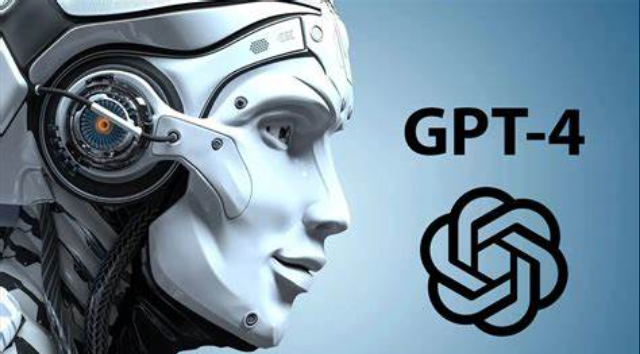GPT-4 is the latest version of the Generative Pre-trained Transformer (GPT) series of language models developed by OpenAI. It is a large multimodal model that can accept both image and text inputs and emit text outputs. GPT-4 is less capable than humans in many real-world scenarios, but it exhibits human-level performance on various professional and academic benchmarks. The model was released in march 2023, and it is anticipated to revolutionize AI content creation.
GPT-4 is built on the success of its predecessor, GPT-3, which was released in 2020. GPT-3 is a language model that can generate human-like text, answer questions, and translate languages. It has 175 billion parameters, making it the largest language model to date. GPT-3 has been used for a variety of applications, including chatbots, content creation, and language translation. However, GPT-3 has some limitations, such as its inability to understand the context and its tendency to generate biased or offensive content.
GPT-4 is expected to address some of the limitations of GPT-3 and take AI content creation to the next level. It is anticipated to have even more parameters than GPT-3, which will enable it to generate more accurate and context-aware content. GPT-4 is also expected to have better natural language processing capabilities, which will enable it to understand and generate more complex language. Additionally, GPT-4 is expected to have better control over the content it generates, which will enable users to specify the tone, style, and topic of the content.
The potential applications of GPT-4 are vast and varied. One of the most promising applications is content creation. GPT-4 can generate high-quality content for blogs, social media, and other online platforms. It can also generate product descriptions, landing pages, and email marketing campaigns. GPT-4 can help businesses save time and money by automating their content creation process.
It can also help businesses improve their SEO by generating optimized content that ranks higher in search engines. Another potential application of GPT-4 is in chatbots and virtual assistants. GPT-4 can generate human-like responses to customer queries, which can improve customer satisfaction and reduce the workload.GPT-4 is an advanced language model that can generate human-like responses to natural language queries or prompts, making it useful for chatbots and virtual assistants. It is an improvement over its predecessor, GPT-3, with enhanced natural language processing capabilities, a better understanding of context, and the ability to accept visual inputs.
GPT-4 has 100 trillion parameters, making it substantially more powerful than GPT-3. One potential application of GPT-4 is in customer service. Chatbots can be integrated with GPT-4 to provide 24/7 support to customers, addressing common queries and concerns, providing product recommendations, and assisting customers with purchases. With its enhanced natural language processing capabilities, GPT-4 can provide more accurate and human-like responses, improving customer satisfaction.
GPT-4 can also be used for fraud detection by analyzing large amounts of data to identify patterns that indicate potential fraudulent activity, such as unusual account access or transactions.GPT-4 can also be used for a variety of other purposes, such as writing codes, composing emails, mastering Excel, and cooking assistant. It can be used to create content for marketing and advertising, reducing response times and freeing up human agents to focus on more complex queries. GPT-4 can also be used for language translation, content creation, and text summarization.
.In summary, GPT-4 is an advanced language model that has a wide range of potential applications, including chatbots and virtual assistants, customer service, fraud detection, marketing and advertising, language translation, content creation, and text summarization. Its enhanced natural language processing capabilities and ability to accept visual inputs make it a powerful tool for generating human-like responses to natural language queries or prompts.




















